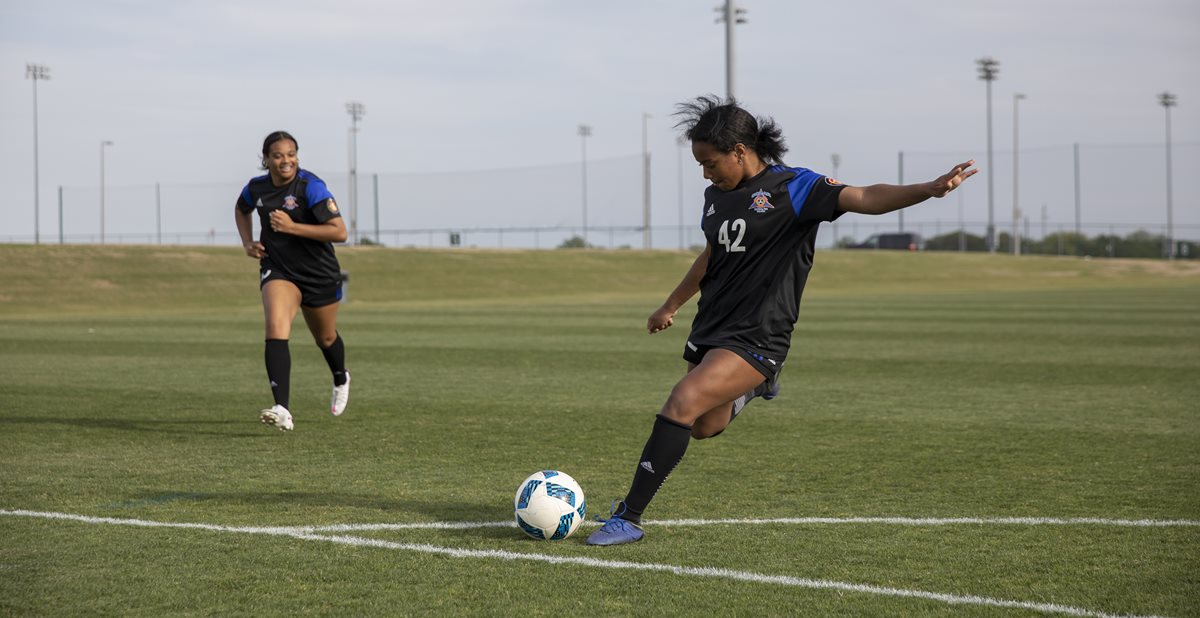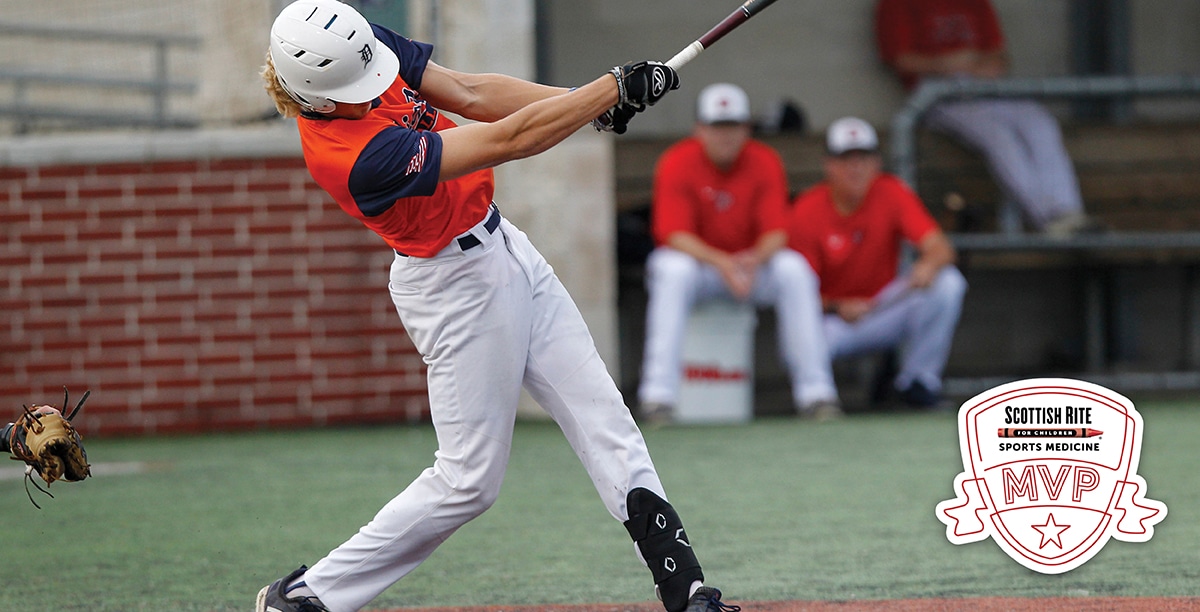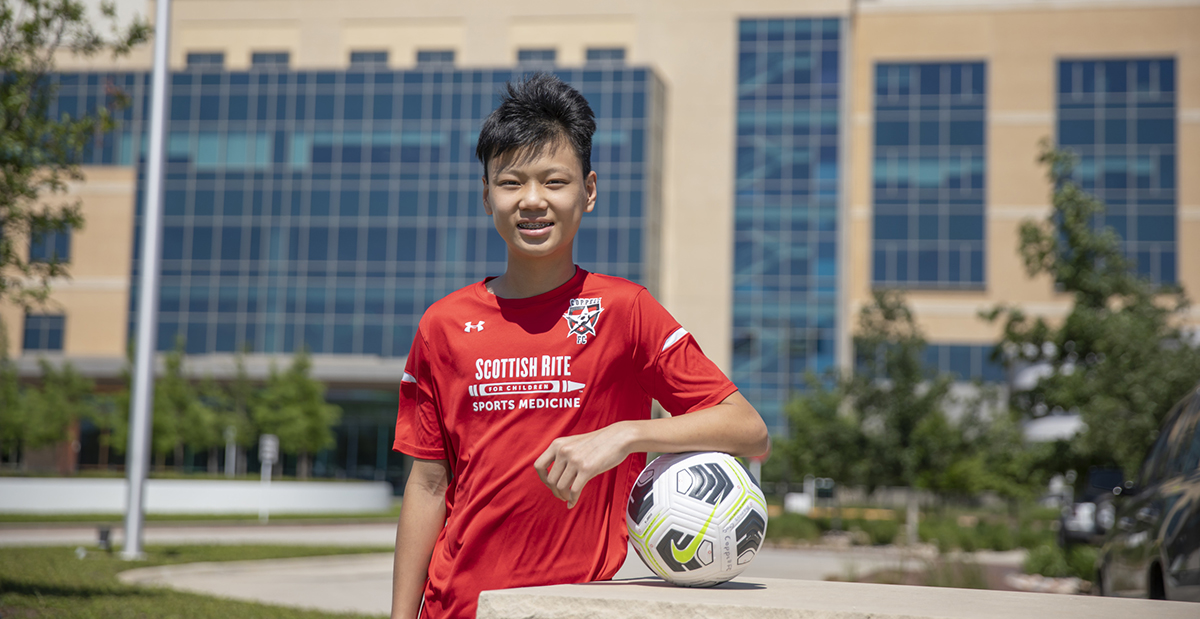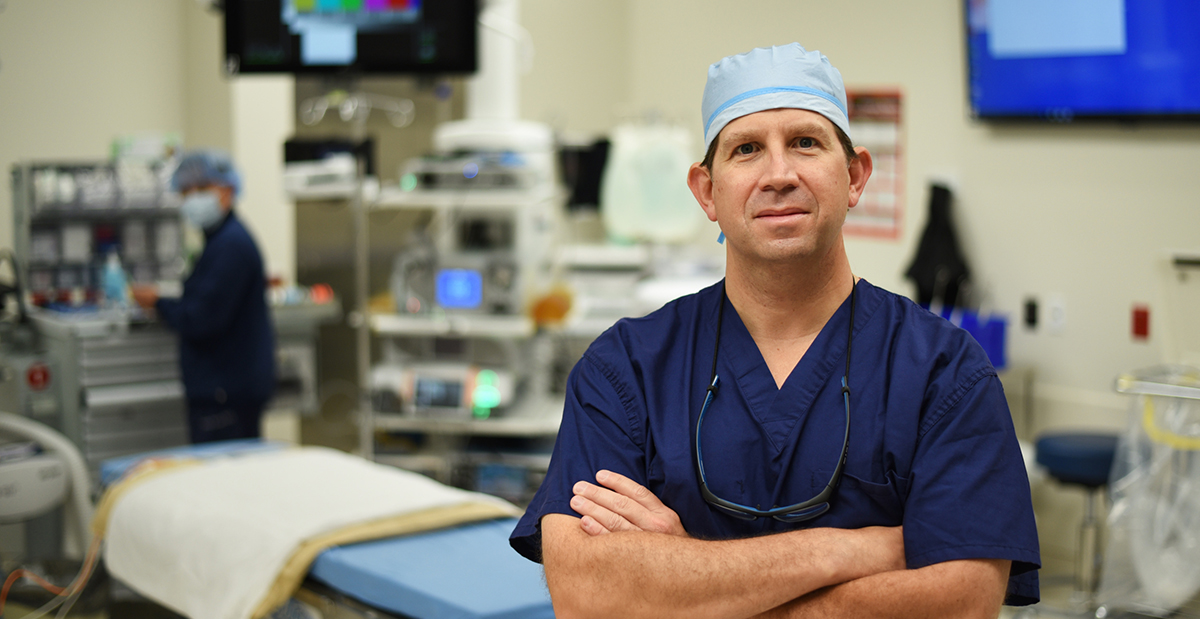Scottish Rite for Children is proud to announce our physicians have received three of the most prestigious awards in pediatric orthopedic research in 2025 — the POSNA Best Clinical Research Paper Award, the SRS Hibbs Award and the PRiSM Hank Chambers Award for Best...



















